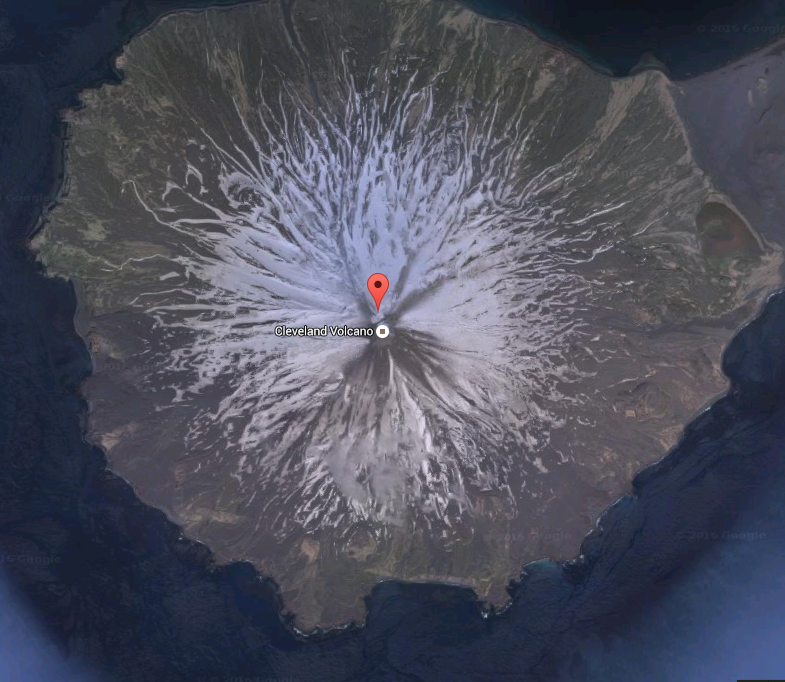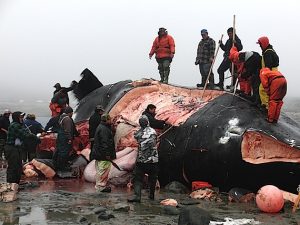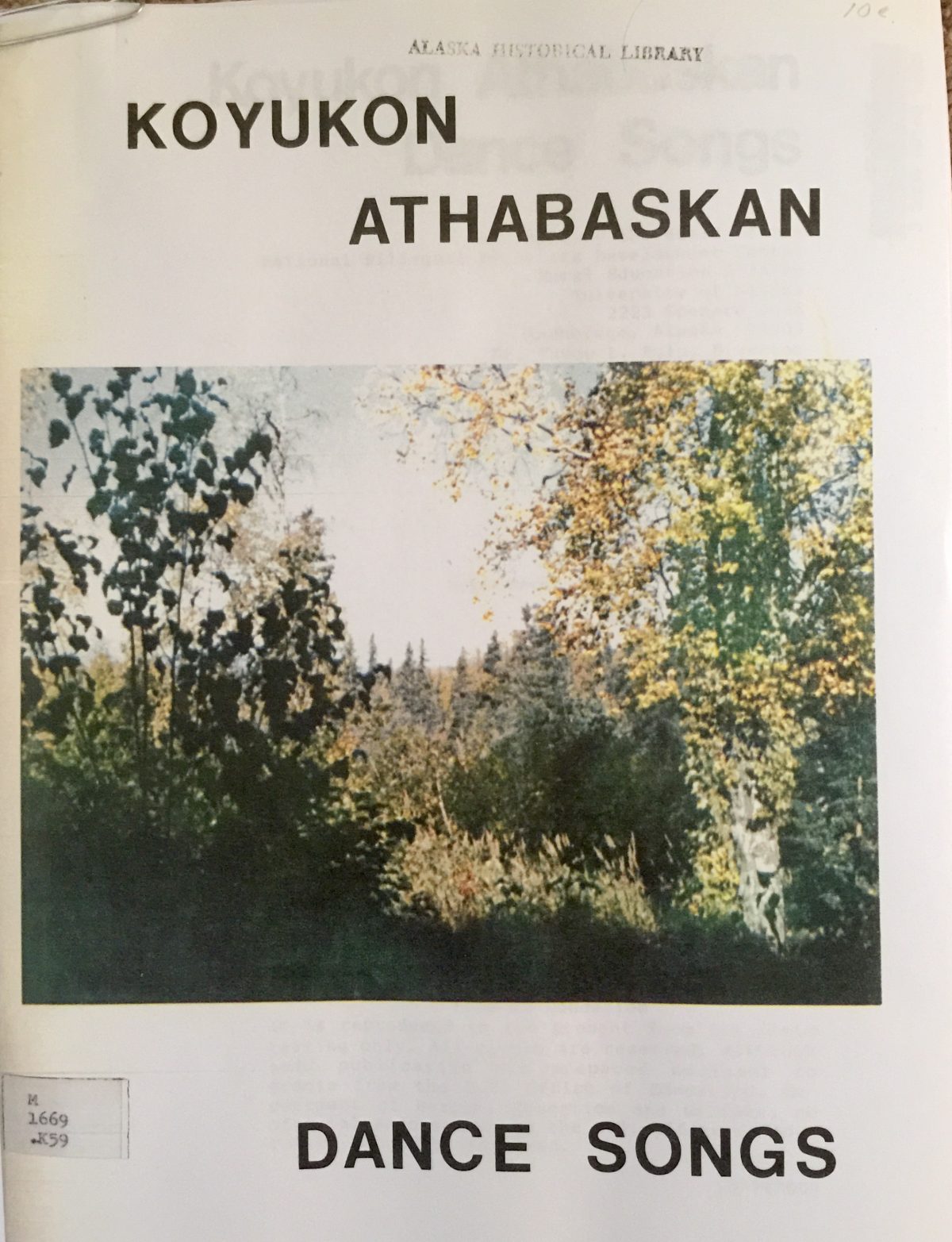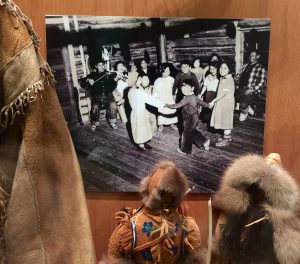A little something like this?
A lesson in Aerial Surveys in the Aleutians, AK Pen. And Kodiak Island(aka how the earth surface changes).
The state I built by plate tectonics and subsequent volcanism while glacial action is a primary driver in its being torn down. Both leave their evidence on the landscape. One way to learn about what happened here is…
The use of aerial photography and later satellite imagery has long been used by government agencies. The military is interested in strategic locations, intelligence gathering, etc. Meanwhile Geoscientists, biologists, geophysicists, cartographers, anthropologists, and archeologists all have questions that can be answered through various types of surveys before having to allocate resources to touch the ground in a region.
Given this region of the world is home to an 1100 mi. long arch of volcanoes, experiences earthquakes, and tsunamis on a globally unprecedented basis and the area has been, in some cases scraped clean of any usable soil by the last glaciation it would seem impossible odds for anything to make a living here. It may surprise you that not only are there numerous species of marine mammals, birds, salmon,etc, ect. There is a long and sorted history of human inhabitants. The Aleut have subsisted on what resources they could secure from land and sea for thousands of years in the face of these volcanoes, tsunamis, glaciers and earthquakes.
We can look at several sets of images that show different features of volcanoes (calderas, active vents, pyroclastic flows, etc.) We can use older, grainy images to new satellite, or google earth images. Which is a better tool for the job? What questions could we answer with x technology
Additionally, we can look at images with evidence of glaciated terrain and previously glaciated
terrain vs non-glaciated.
We could do a little practice together pic A, Pic B, Pic C
What do you see? Blah, blah or blah? Ok how about blah blah? Yes and what don’t you see?
The exercise would have students look at three regions within the wester maritime region
One that was clearly Volcanic
One Volcanic and previous glaciated
One w/o Volcanoes but with glaciated
Bonus(tricky)- no volcanoes or glacial
Can you tell from imagery alone what may have happened in an area?
What is your evidence for your conclusion?
How could we ‘see’ it?
Have a blank map for students to populate with the features they think they can identify and what has ‘happened’ there.
A debrief after the exercise was completed could ask some questions related to how else might we access these areas without having to go there and at a reasonable expense?
Fishing for……. Drones and high resolution mapping. Inexpensive (relatively) and accuracy achievable to +/- 10cm pretty easily.
This could lead into another exercise: How to make a map using a drone…. Then do it?
Some helpful links could be




